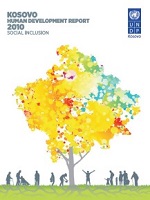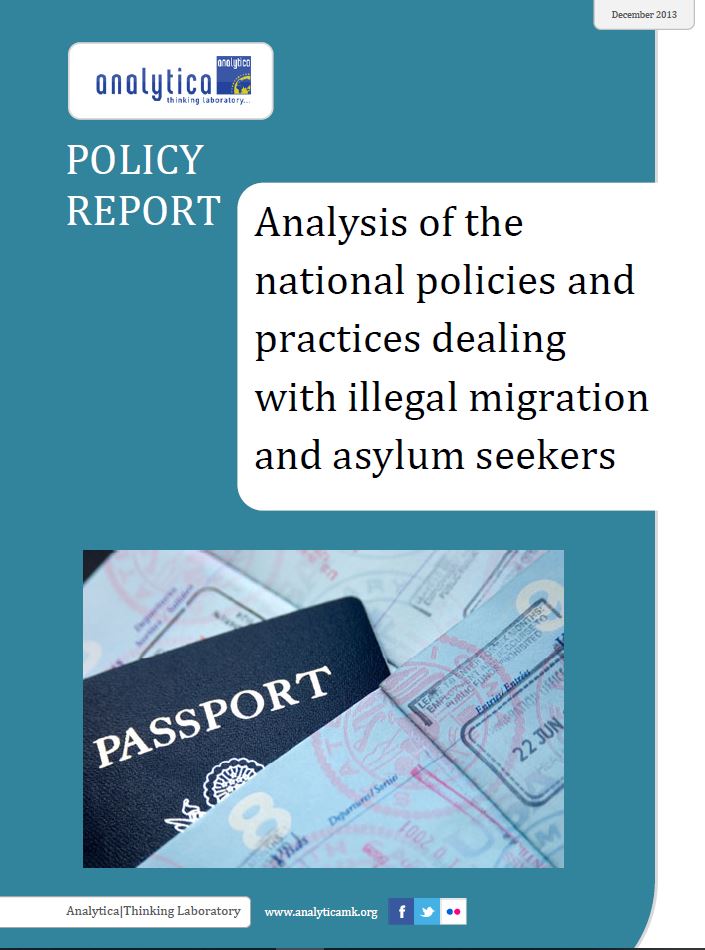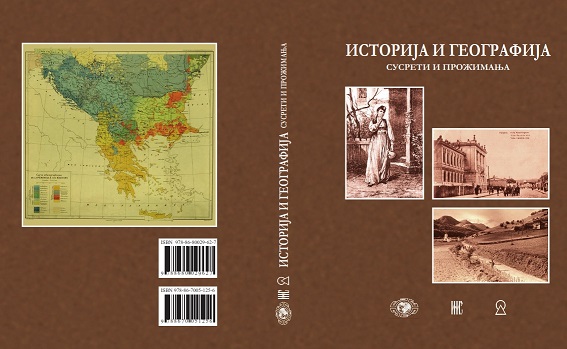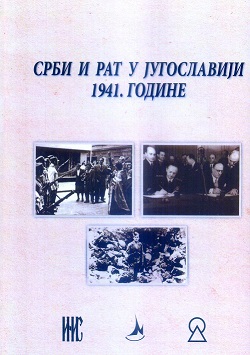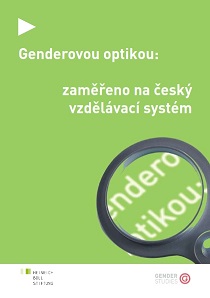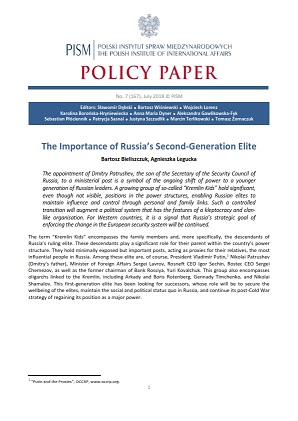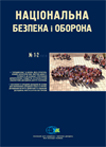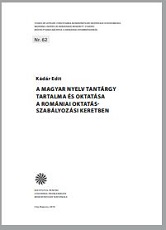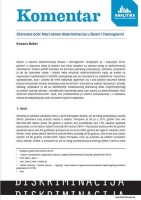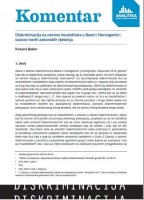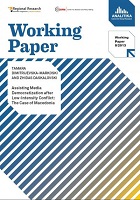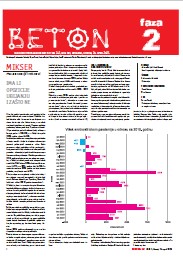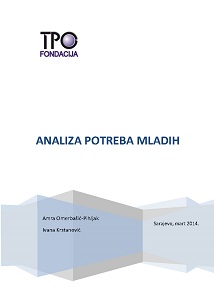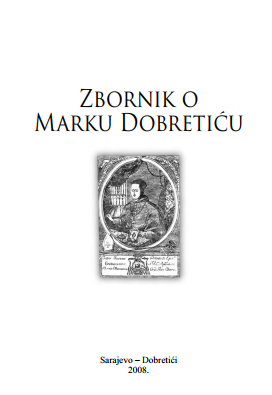
Katolička usmena, nabožna i dušobrižnička djelatnost u Bosni XVIII. Stoljeća
Društvene i političke prilike u Bosni XVIII. stoljeća u presudnoj je mjeri i dugotrajno obilježio dugi Austrijsko-turski rat (1683.-1699.) sa svim strašnim posljedicama (ponajprije ratna uništavanja i seobe velikog broja stanovništva, a što je nužno proizvelo i promjenu socijalne i konfesionalne strukture stanovništva i s njom sve prateće pojave, doseljavanje u Bosnu muslimanskoga stanovništva s netom oslobođenih hrvatskih i ugarskih prostora, glad kao izravnu posljedicu rata, te brojne pohare kuge 1707., 1731., 1741., 1753., 1761., 1783., 1788., 1796. godine) koje su trajnije obilježile potonju povijest Bosne. Pustolovna i nadasve krvava avantura princa Eugena Savojskog povukla je za sobom brojno katoličko stanovništvo i franjevce kao njegove duhovne vođe u, od Turaka novooslobođene, hrvatske krajeve: Slavoniju i Dalmaciju. Kako će to kataklizmično smanjiti broj katoličkog življa, franjevaca i njihovih samostana u Bosni, to će s vremenom dovesti i do diobe redodržave Bosne Srebrene na mletački, turski i austrijski dio i bezmalo njezin nestanak, a za čiji će se opstanak s mnogo napora boriti i izboriti Filip Lastrić, koga stoga prozvaše, uz ocem bosanske historiografije, i ocem Provincije.
More...
